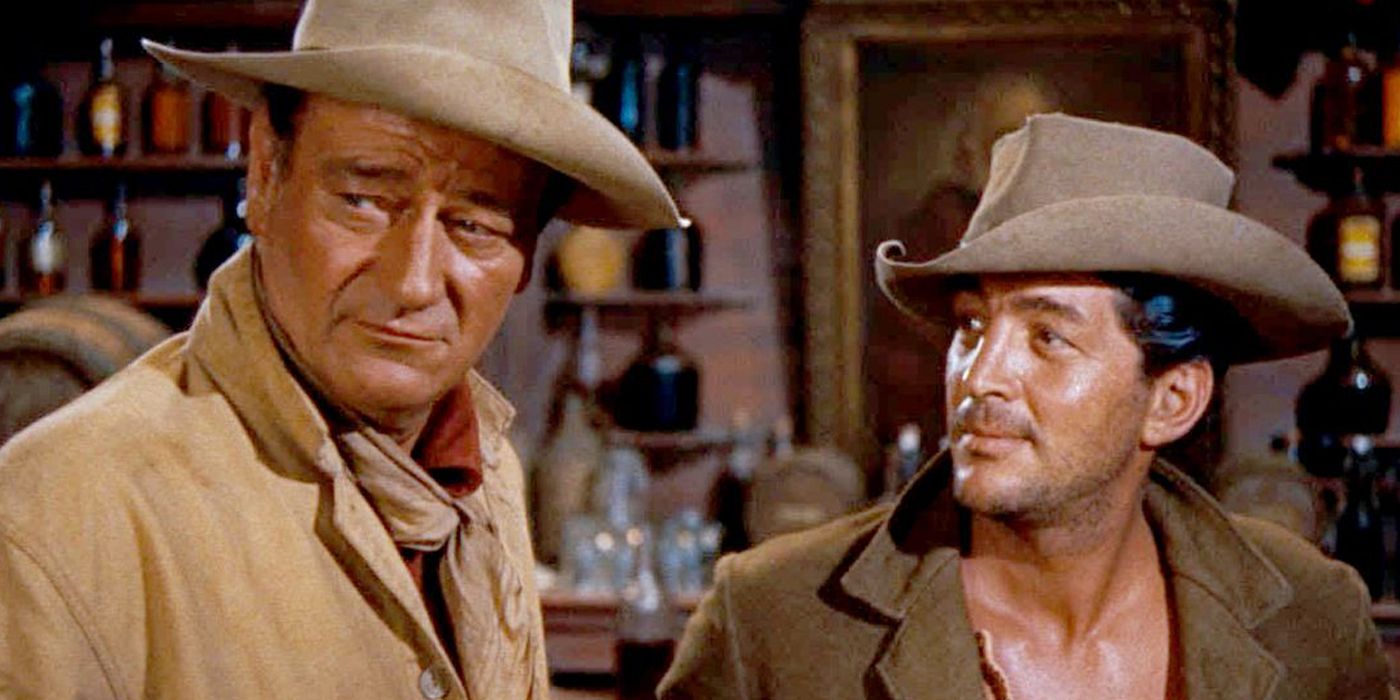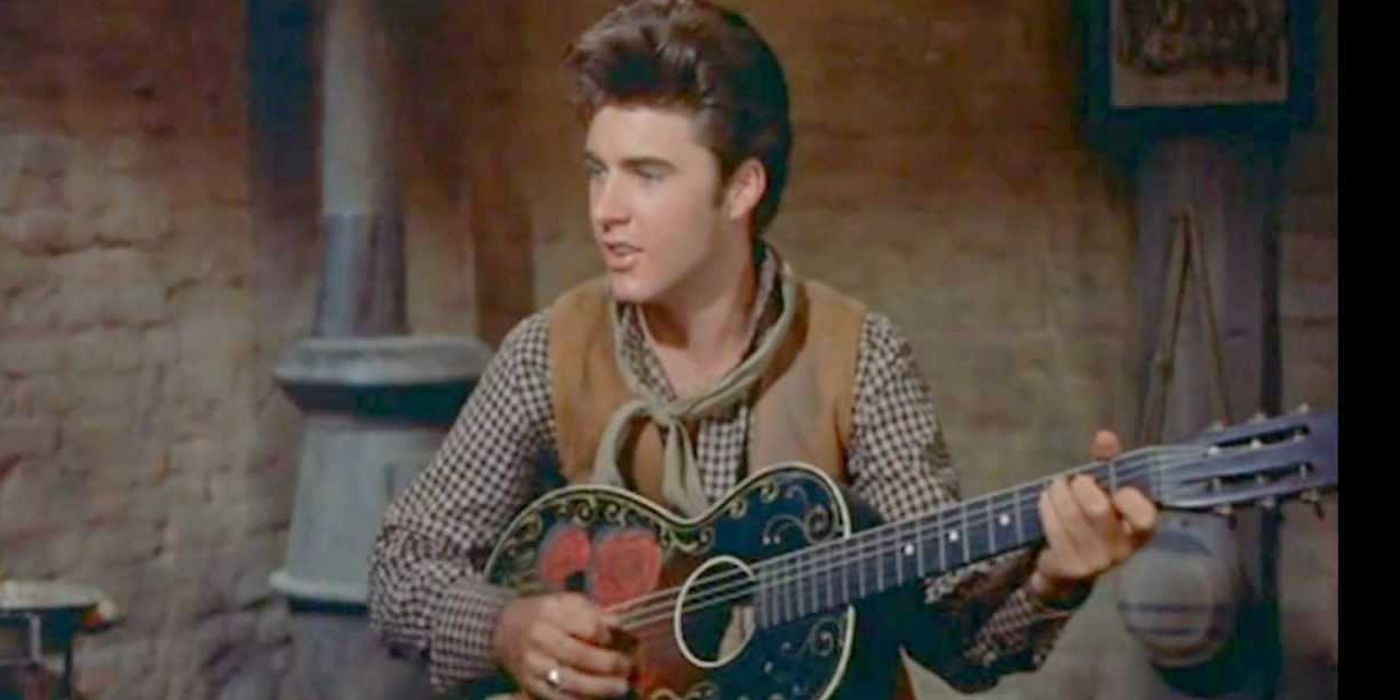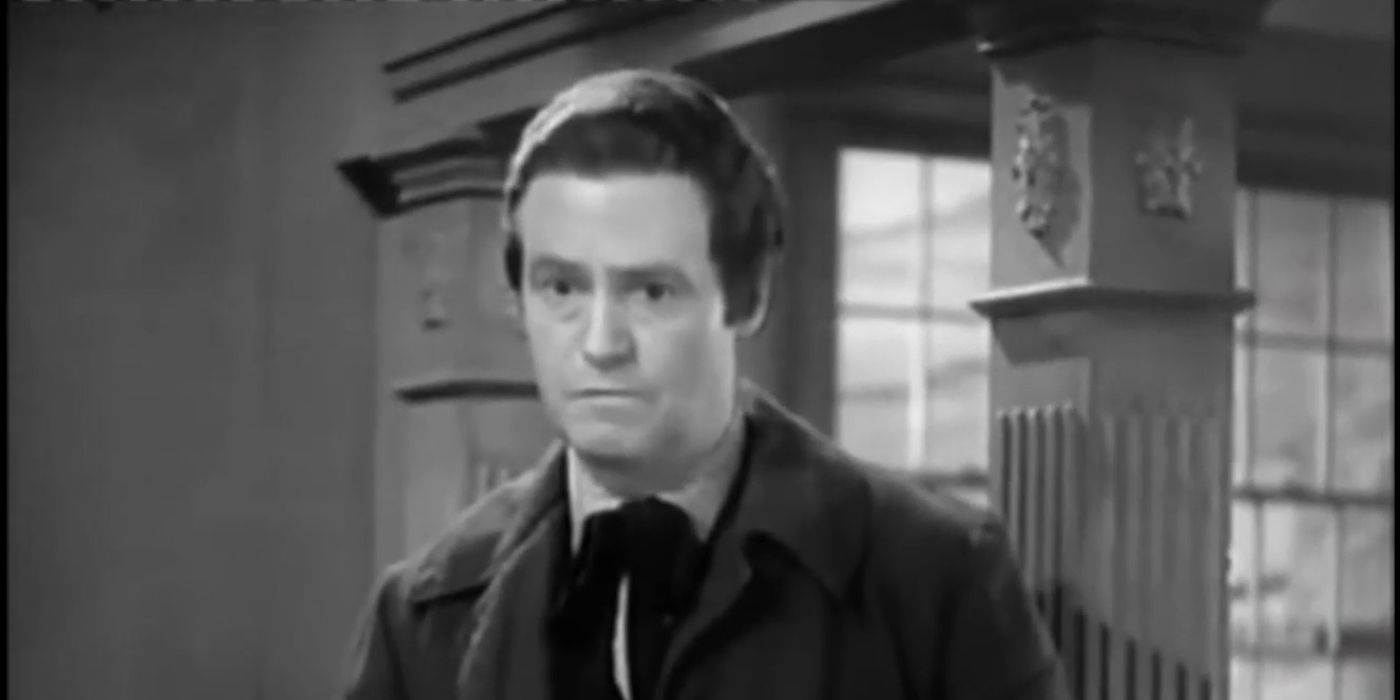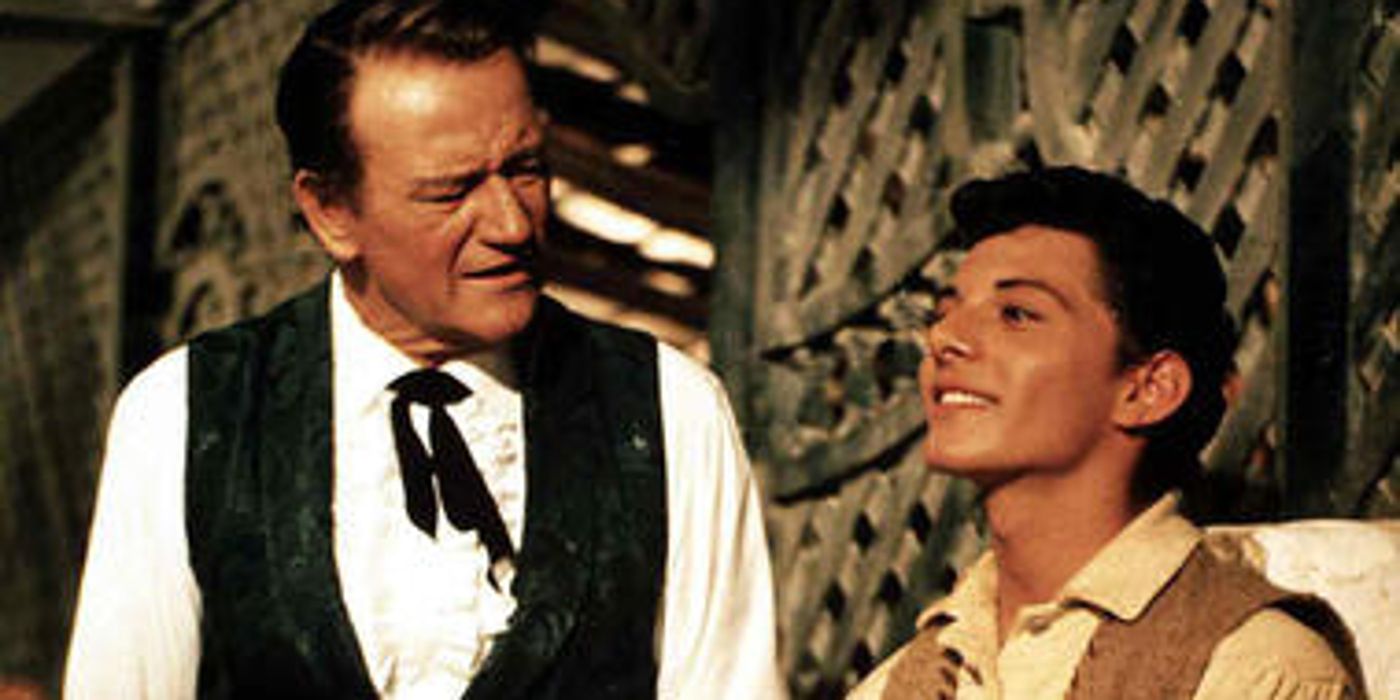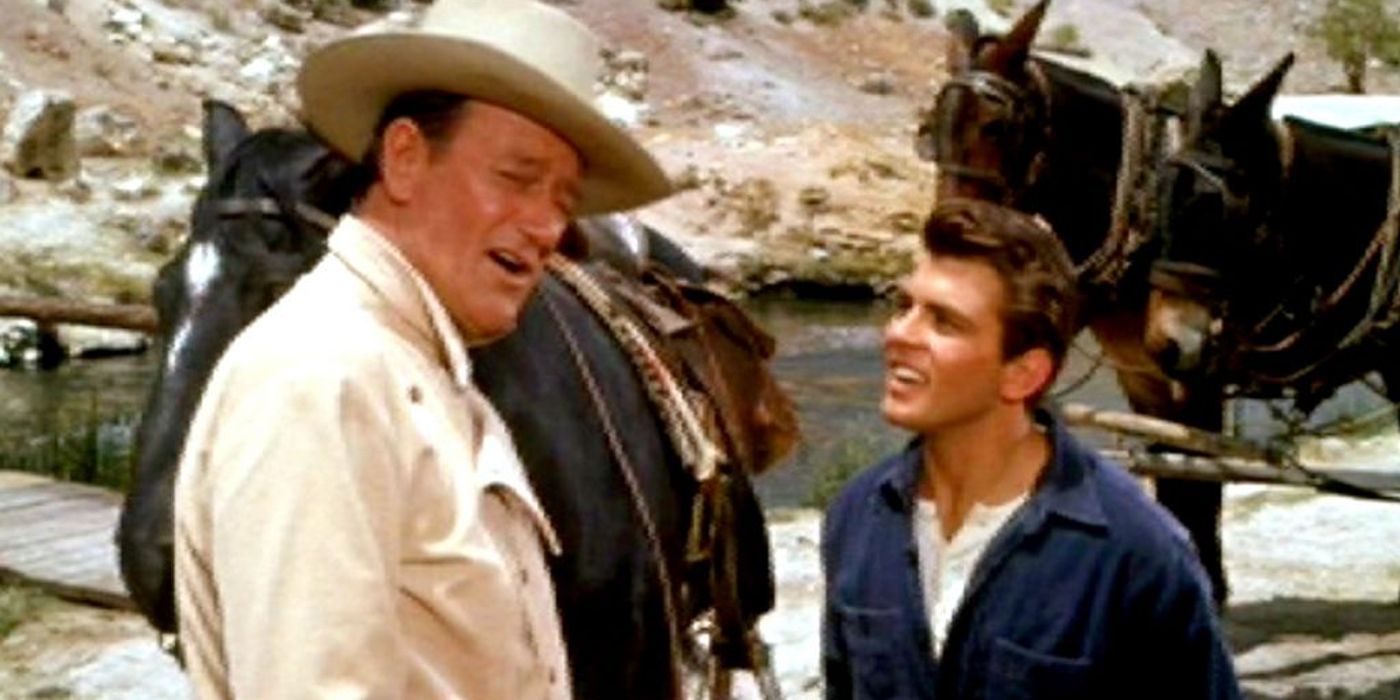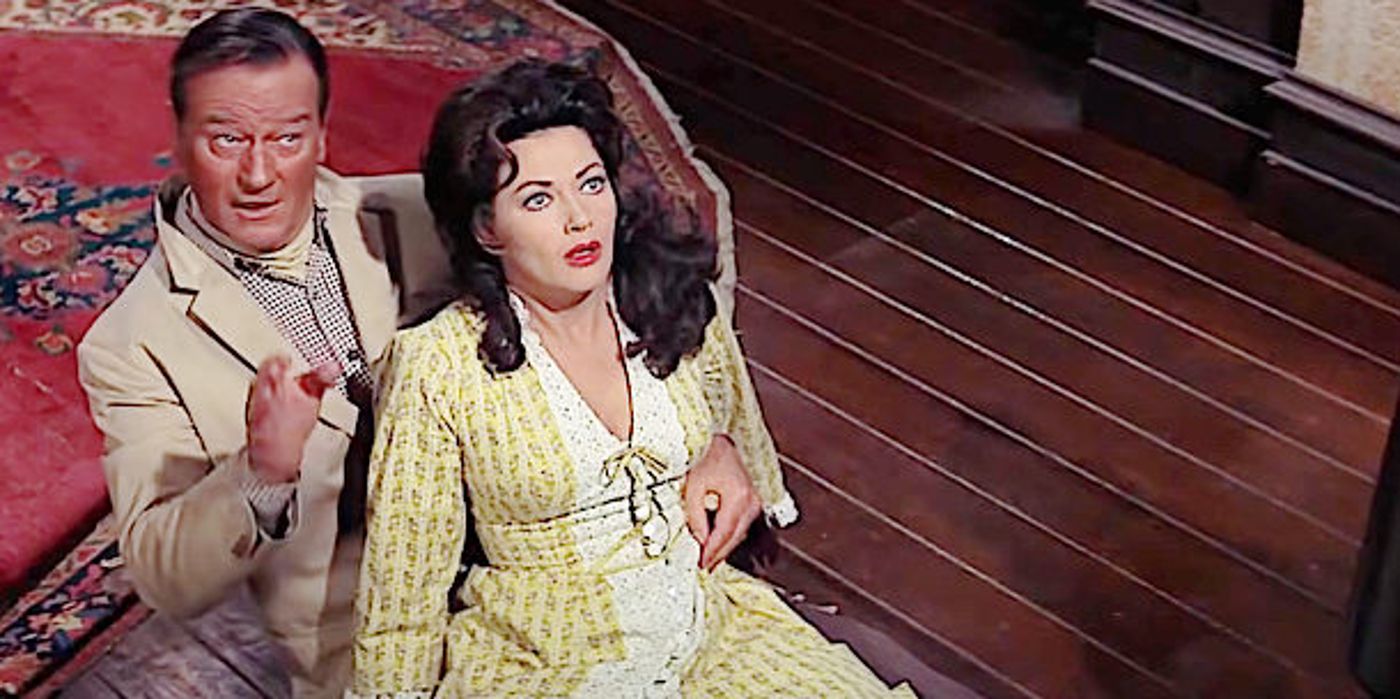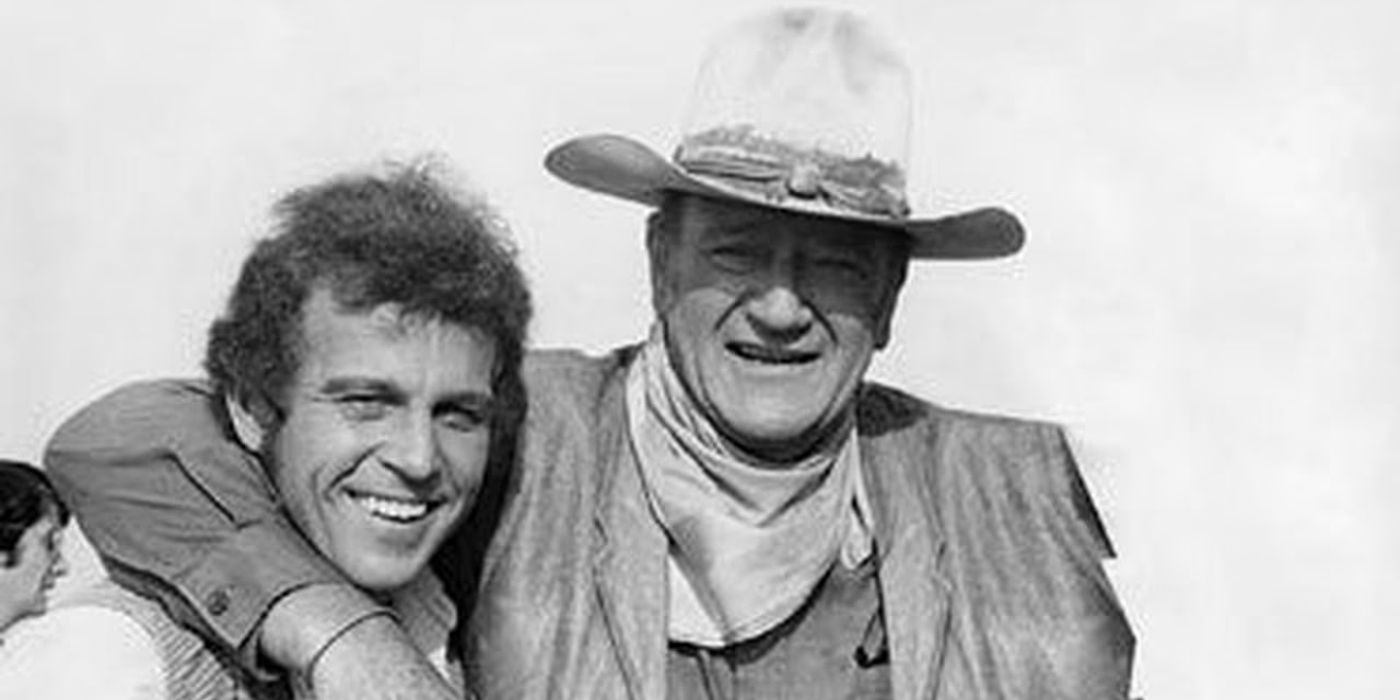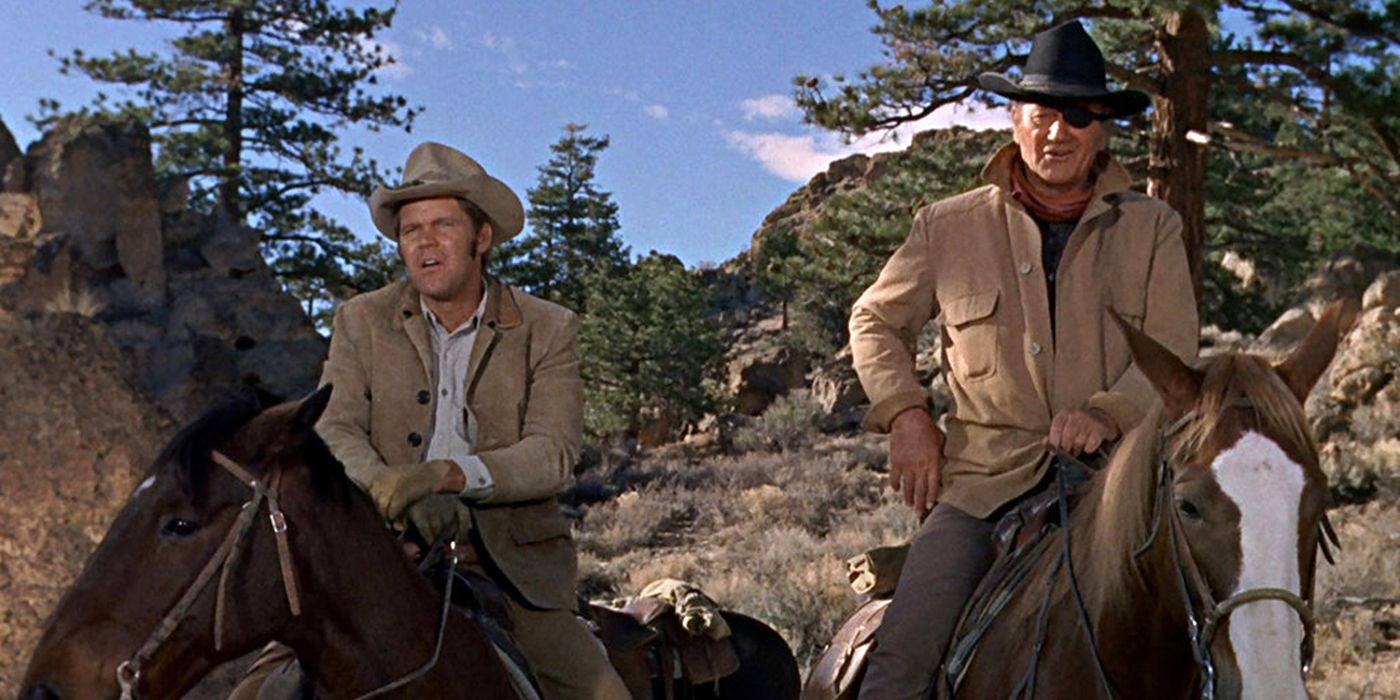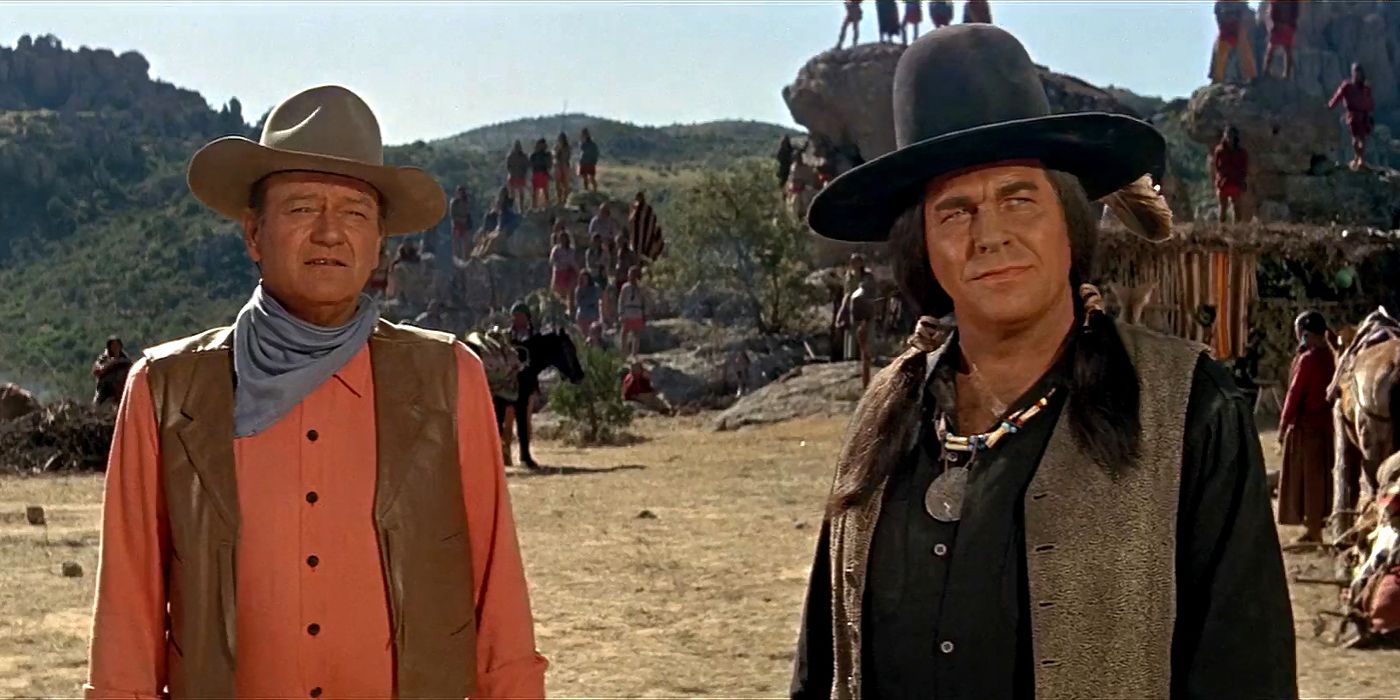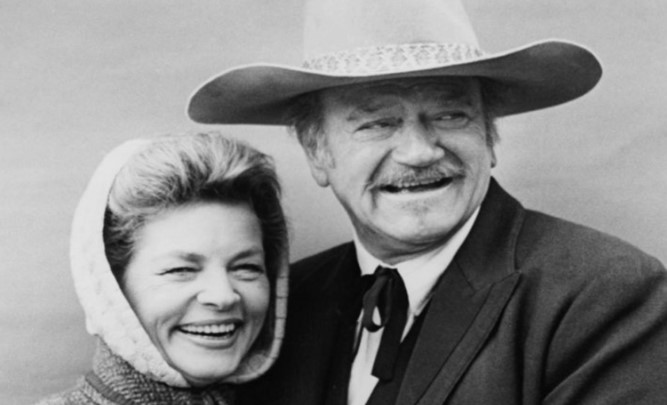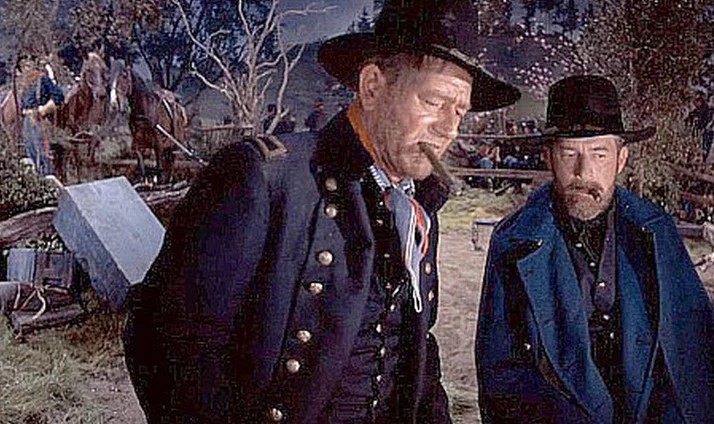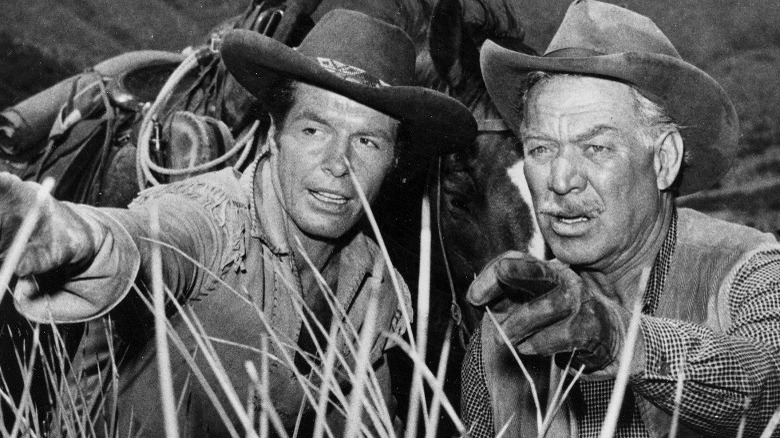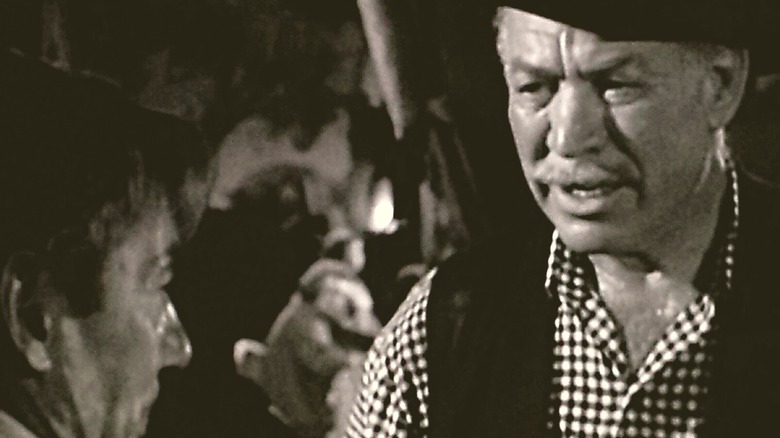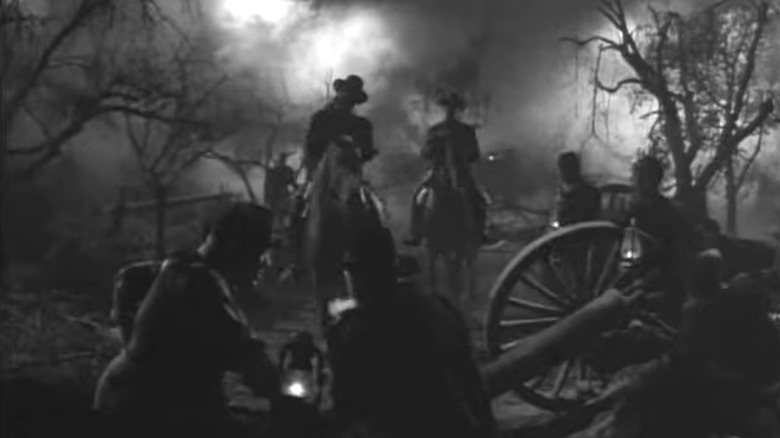Singing in Western movies is as old as the genre itself, and many famous singers have starred in Western movies with one of their biggest stars, John Wayne. The Duke was a titanic figure in the genre ever since his star-making role in Stagecoach in 1939, and he dominated the box office throughout the ’40s and well into the ’50s, but as the ’60s approached, his star power had waned a little. Studios decided to pair him up with some of the most popular singers of the day in an effort to get their fans to the theater as well, and these movies were very successful.
At one point in 1969, even Elvis and John Wayne almost made a Western when he was also looking for a comeback. Elvis’s first movie was a Western in 1956 called Love Me Tender, and though John Wayne was embarrassed by a few of his own early singing cowboy Western movies, it seemed like a no-brainer to get The King and The Duke together, but things never quite worked out. Big John ended up starring in Westerns with several of Elvis’s contemporaries, who sought to replicate the trail songs and ballads cowboys sang around the campfire well before Hollywood romanticized the American West.
10Dean Martin
![Dean Martin dressed as a cowboy in Rio Bravo]()
One of the most famous singers to appear opposite John Wayne was Dean Martin, part of the original Brat Pack (including fellow singer-turned-actor Frank Sinatra) with a string of top-ten hits in the ’40s and ’50s. The King of Cool gave a sympathetic performance as a recovering alcoholic in Rio Bravo, which was incredibly convincing despite the fact that Martin, known to have a heavy-drinking stage personality, was more of a teetotaler in real life. Though he sang the film’s beautiful ballad “My Rifle, My Pony, and Me,” when he appeared alongside The Duke again in The Songs of Katie Elder ,it was purely in an acting capacity.
9Ricky Nelson
![Ricky Nelson in Rio Brvo]()
Alongside Dean Martin, John Wayne also starred in Rio Bravo with teen idol Ricky Nelson, who was just eighteen at the time that he played gunslinger Colorado Ryan. Ricky joins Dean in singing “My Rifle, My Pony, and Me” while also playing the guitar, and it’s a real bonding moment for the pair with Wayne’s John T. Chance, whom he later joins in a street fight outside the Alamo Hotel and displays some flashy movies with his side iron. After appearing in Rio Bravo he landed another sixteen top-ten hits on the charts with songs like “Travelin’ Man” and “Poor Little Fool.”
8Ann-Margret
![Ann Margret and John Wayne in The Train Robbers]()
Right from the beginning Ann-Margret was a sensation with her first single “And Here She Is… Ann-Margret,” and throughout her career, she was often associated with her energetic appearances in musicals, most famously alongside Elvis in Viva Las Vegas. The dancer and singer appeared in The Train Robbers with John Wayne as Lily, a mysterious woman who knows the location of buried gold and enlists Wayne’s help to find it. She’s recorded more than a dozen albums right up until 2011 with “God Is Love: The Gospel Sessions 2.”
7Roy Rogers
![Roy Rogers in Dark Command]()
Roy “King of the Cowboys” Rogers, known for being the lead vocalist and guitarist with the Songs of the Pioneers appeared with Wayne in Dark Command. The singer, who had hits stretching as far back as 1934 with “Tumbling Tumbleweeds” played a cutthroat against type, exploring a darker side that was missing from his cheerful stage persona. He enjoyed success with classic country songs like “Happy Trails,” “Don’t Fence Me In” and “The Yellow Rose of Texas,” and after appearing opposite Wayne had a very popular television series with his wife and fellow singer Dale Evans in the ’40s and ’50s.
6Frankie Avalon
![John Wayne and Frankie Avalon in The Alamo]()
Like fellow teen idol Ricky Nelson, Frankie Avalon was another pop star added to a John Wayne movie in order to appeal to a younger audience. Frankie played Smitty, the youngest of Davy Crockett’s Tennesseans, in The Alamo and has the distinction of being one of the few characters to make it out alive. The young heart-throb recorded four songs for The Alamo which were made into hit singles including “Ballad of the Alamo”, “The Green Leaves of Summer”, “Tennessee Babe”, and Here’s to the Ladies.”
5Fabian
![Fabian and John Wayne in North to Alaska]()
Fabian was another well-known teen idol that joined The Duke for North to Alaska in the part of Billy Pratt, younger brother to George Pratt, who has tasked Wayne’s Sam McCord with bringing his fiancée back to their gold claim in Alaska. Finding she’s already married, Sam brings a prostitute named Capucine instead, and Fabian serenades her with “If You Knew” from behind a curtain while she bathes in preparation to meet his older brother. While Fabian had a lovely singing voice, he wasn’t the same caliber of singer-turned-actor as Frankie Avalon or Ricky Nelson.
4Yvonne DeCarlo
![Yvonne DeCarlo and John Wayne in McClintock]()
Yvonne DeCarlo was known for serious roles, but had a beautiful mezzo-soprano voice and sang in both musicals and on albums throughout the ’50s, with hits like “Take It Or Leave It” and “That’s Love.” She starred in McLintock! with John Wayne in the titular role, though she didn’t perform any singing in the film. One of her most well-received albums was simply called “Yvonne De Carlo Sings”, where she covered contemporary classics such as “One for My Baby” and the melancholy “Blue Moon.”
3Bobby Vinton
![John Wayne and Bobby Vinton in Big Jake]()
Unlike when John Wayne was paired with pop stars in earlier films, Bobby Vinton was considered more of a lounge singer like Dean Martin when he starred in Big Jake and The Train Robbers. He’d already had several top-ten singles including “Blue Velvet” and “Roses Are Red My Love” prior to appearing as Jeff McCandles, son of Wayne’s “Big Jake,” or as Ben Young, who joined Wayne in recovering half-a-million dollars of gold buried in the desert. It’s worth noting that Vinton didn’t do any singing in either of the Westerns he appeared in with The Duke.
2Glen Campbell
![Glen Campbell and John Wayne in True Grit]()
A singer and musician in the ’60s, Glen Campbell starred in True Grit as Texas Ranger La Boeuf, a part offered to The King of Rock and Roll when Elvis and John Wayne almost made a Western. Prior to appearing opposite The Duke’s ornery cowboy Rooster Cogburn, he was a session guitarist for Elvis, as well as Frank Sinatra and the Beach Boys. He became a chart-topping success with “Universal Soldier” and “Gentle On My Mind,” but one of his all-time greatest hits would be “Rhinestone Cowboy,” and Campbell received numerous Grammy Awards for Best Country Song, Album, and Male Pop Vocality over his career.
1Howard Keel
![John Wayne and Howard Keel in War Wagon]()
John Wayne shared the screen with a lot of country and pop singers, but Howard Keel was known for musicals and love ballads and had made a splash on Broadway in “Oklahoma!” before appearing in War Wagon. His role wasn’t a singing part, but he did get to try out his comedic chops in one memorable scene with Emilio Fernandez’s bandit who shoots bottles of tequila off his head. A baritone singer with a booming voice, he was known to sing in musicals like “Annie Get Your Gun”, “Kiss Me Kate”, “Calamity Jane”, and the incredibly popular “Seven Brides for Seven Brothers.”
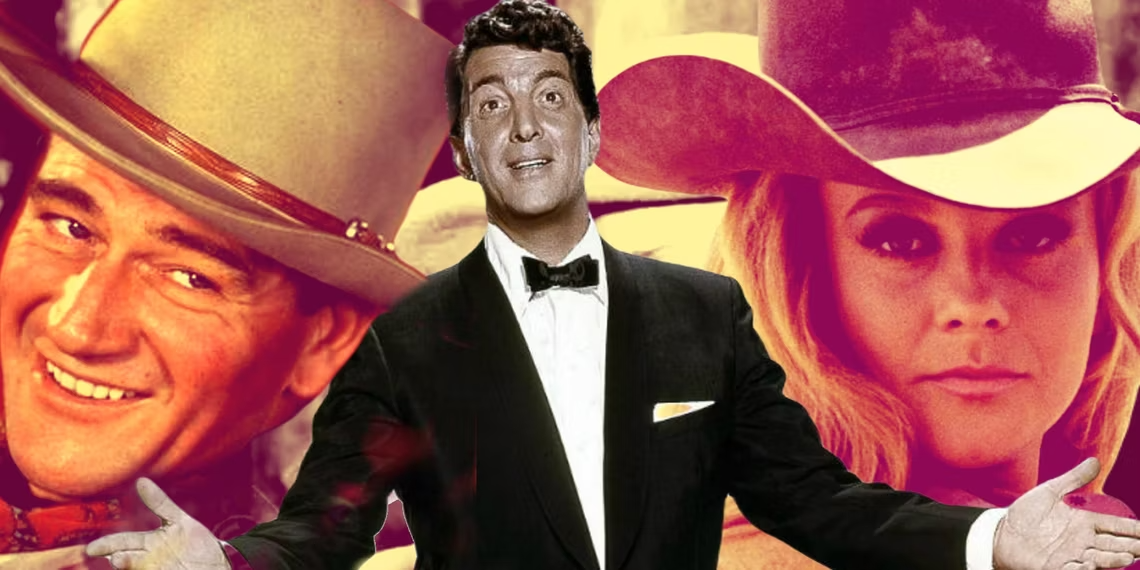

 Entertainment8 months ago
Entertainment8 months ago
 Entertainment8 months ago
Entertainment8 months ago
 Entertainment8 months ago
Entertainment8 months ago
 Entertainment10 months ago
Entertainment10 months ago
 Entertainment8 months ago
Entertainment8 months ago
 Entertainment8 months ago
Entertainment8 months ago
 Entertainment8 months ago
Entertainment8 months ago
 Entertainment8 months ago
Entertainment8 months ago
